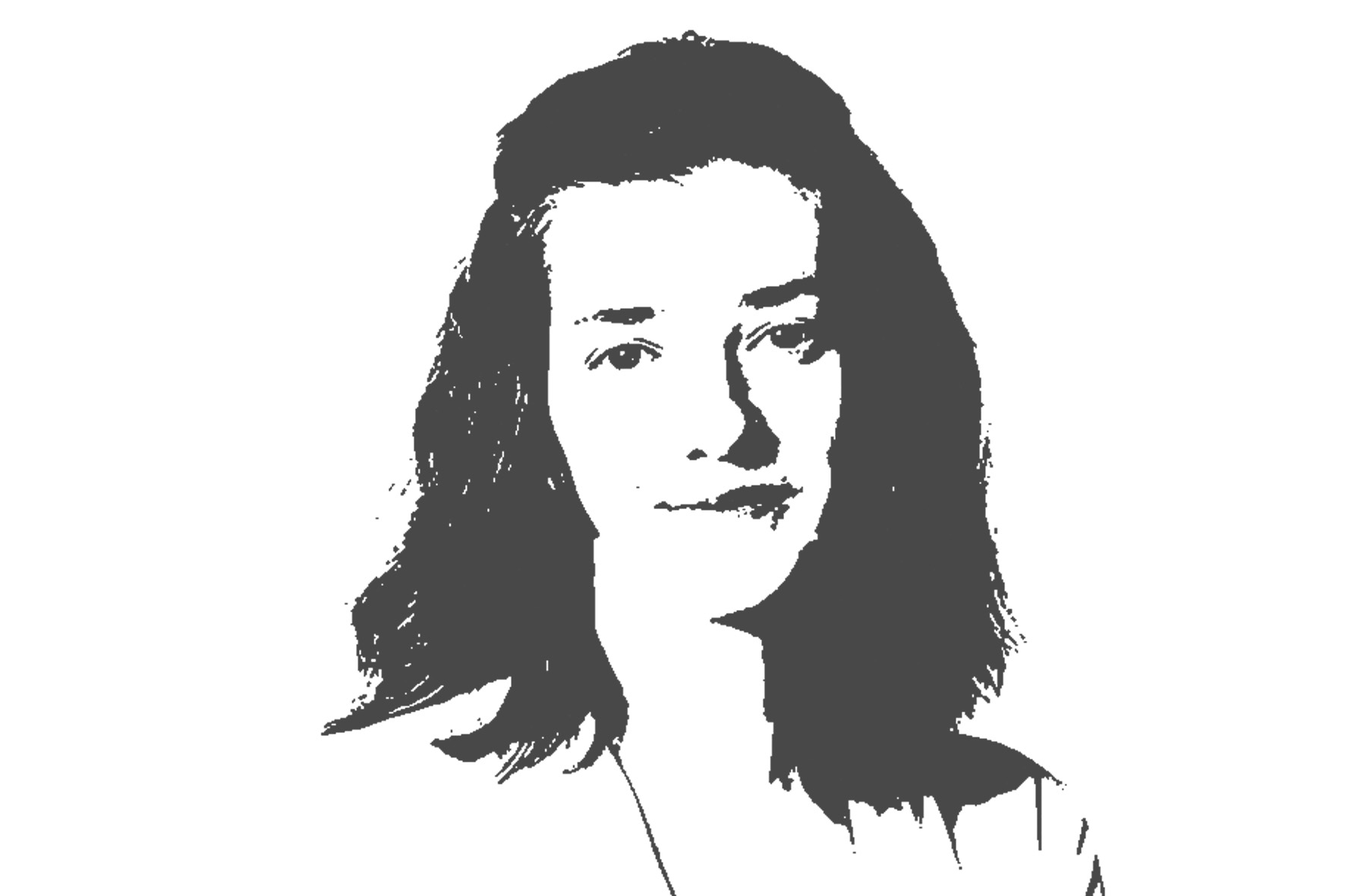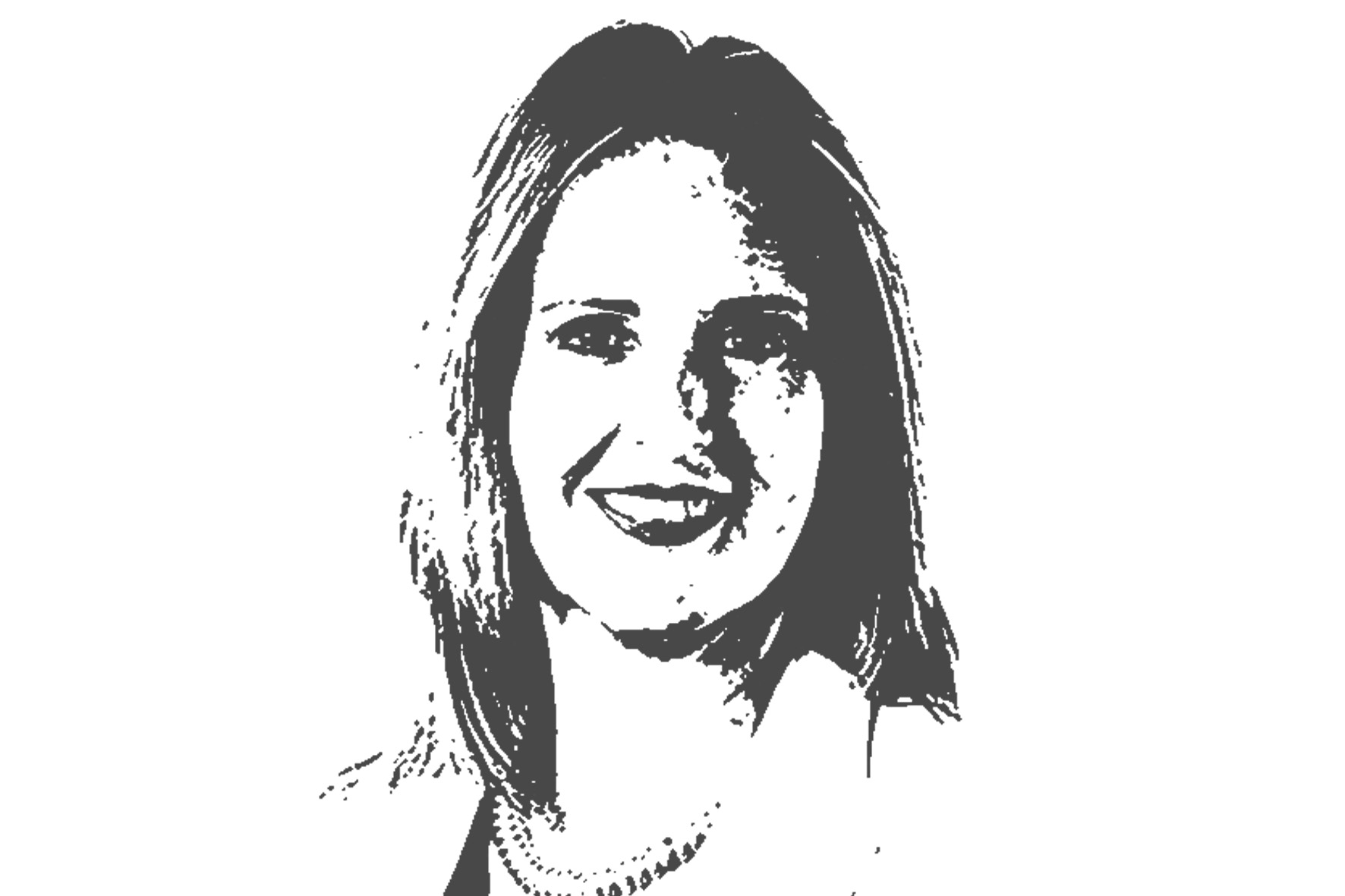Creativity and Profitability for Any Business
Creativity is commonly thought of as the capacity to create new ideas and concepts, imagine, disrupt, and be original. The concept is strongly associated with art, music, and science, and it has often been cited as an essential tool for shaping the future.
Over the course of history, a great many theories have developed regarding creativity, each touching on different facets, be they contemplation of their creators’ aptitudes and characteristics (Guilford,1952) the brain’s capacity to reach new conclusions and resolve problems in an original manner, or the integration of both hemispheres of the brain (Grinberg,1976).
It has also been said that creativity and personality are inherently linked, and that while everyone has the capacity for creativity, there are two catalyzing variables affecting the success of one’s creative process. The first comes in the form of motivation, either intrinsic or extrinsic, stimulating an individual to work toward a specific goal. The second is one’s willingness to assume risk when considering new alternatives and methods of interpretation, evaluation, resolution, and any number of similarly essential activities.
Creativity has existed as the driving force behind all of humanity’s progress throughout history, boosting humans’ drive to explore new paths and generate a propitious environment where all may satisfy their needs.
In recent times, creativity has evolved into a fundamental component of value generation for organizations’ stakeholders. This refers not only to contributions made by human talent, but also to the inclusion of innovational and technological levers stemming from newly developed processes, products, and services. In this way, a company can bolster its chances of survival and continuity in its industry.
Only those organizations that anticipate this shift, transcend their limits, and let loose their imaginations will find themselves in a position to capitalize on their surroundings while displaying the requisite ingenuity to foster differentiation.
One can see examples of this phenomenon across a range of sectors, but there is a common thread: To employ this methodology is to see innovation as a means, not as an end in itself. One must constantly develop ideas for specific problems in line with available means. One must see mistakes as opportunities to iterate and innovate. Human talent must trust each other and their organization. All levels of the company must have the autonomy to create both vertically and horizontally.
The performance of each individual company is a world unto itself, but it is nevertheless clear that creativity and profitability are linked and that this link’s potential is not to be underestimated, however intangible it may seem.
According to the Award Creativity Score (ACS) de McKinsey & Company companies with the best creative index have organic growth revenue 67 percent higher than the average, return a total of 70 percent more to investors than average, and have a net business value 74 percent above average.
These findings demonstrate how creativity is closely connected to both process and effect. For example, a company may come out ahead of competitors and secure stakeholder preference by offering tailored solutions to emergent needs in market and consumer trends, especially if this process is undergone uniquely, disruptively, and creatively. A company may find similar success with the ability to effectively channel resources into solutions for a variety of goals and demographics.
We have consistently observed that when creativity is viewed from through a functional lens rather than a purely internal one, we can then actively mobilize toward the results our clients desire. In this way, we lay the foundations for a more profitable business dynamic, because what we ultimately achieve is a perspective shift in favor of cooperative and efficient solution development.
It is clear that today’s industrial environment demands, and will continue to demand, creative solutions to complex, unprecedented challenges. Only those organizations that anticipate this shift, transcend their limits, and let loose their imaginations will find themselves in a position to capitalize on their surroundings while displaying the requisite ingenuity to foster differentiation, continuity, and results.

